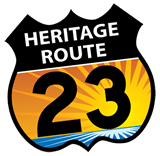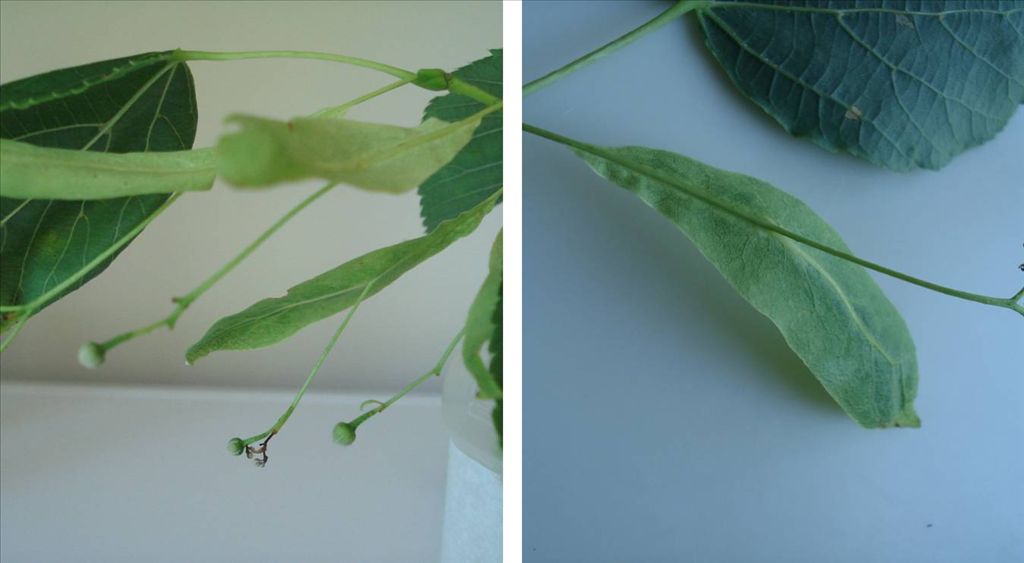Fig. 4. Basswood leaves on twig showing alternate pattern and the natural variation in shape of the more or less lopsided heart-shaped leaves.
Fig. 7. Underside of Basswood shoot showing young fruit as it develops from fertilized flowers hanging down on a flower stalk (peduncle) which is attached about half-way along a narrow, leaf-like bract. The bracts are a lighter green than the leaves.
Fig. 8. Close-ups of Basswood bracts with the flower stalk (peduncle), and then fruit, attached about halfway along the narrow, leaf-like bracts.
•Twigs with alternate leaves / buds (Fig. 1)
•Leaves uneven heart-shaped (more or less) (Fig. 2, 3, 4)
•Buds reddish-orange and lopsided (Fig. 5 and 6)
•Flowers and then fruit hang from long, narrow, strap-like bracts on underside of leaves (Fig. 7, 8, and 9)
•Trunk / bark- young: smooth (Fig. 10); old: furrows and ridges which run longitudinally for long stretches, nearly parallel yet gently curving with some interlacing (Fig. 11)
•Canopy is sometimes umbrella–like when looking up at single branches or the canopy as a whole (Fig. 12)
•Also called Linden, especially in Europe, most especially in Germany
•Historical uses: cheap furniture, turned articles, paper pulp, mats, wickerwork; Native Americans used bark of young trees to make rope, honey highly prized.
This information is basic (not overly technical) by design and does not include total botanical information about each species (kind of tree). Rather, only distinctive features of each numbered tree in the Alabaster Bike Path-Native Tree Arboretum (ABP-NTA) are listed. Because all natural populations have variation, when considering these trees, look at as many examples of each characteristic as possible, i.e. several leaves or fruits or branching points, etc. Finally, when studying trees, the identifying “keys” are always written for a given geographic area to include ONLY ALL the trees in that area. Because our “area” is (the numbered trees in) the ABP-NTA, this information applies only to the numbered trees along the ABP-NTA; it may or may not work in neighboring areas with even a slightly different species composition. All photos and text by sczaika. Historical uses from Hough, R.B. The wood Book. Royal Botanical Gardens and Barnes, B.V. & W.H. Wagner. 1981. Michigan Trees.
Included In:












